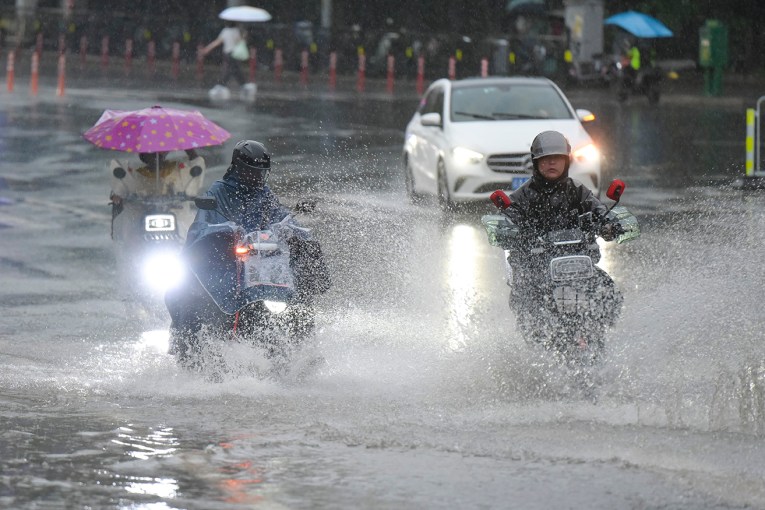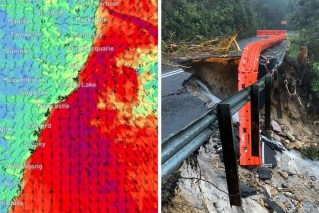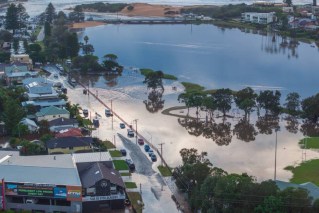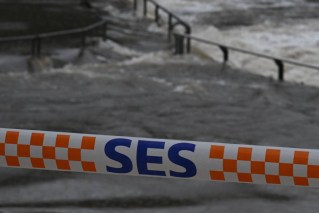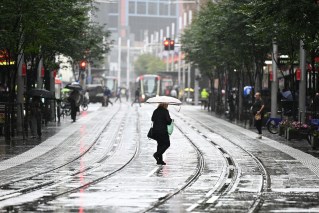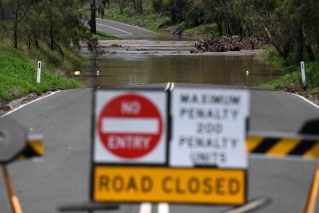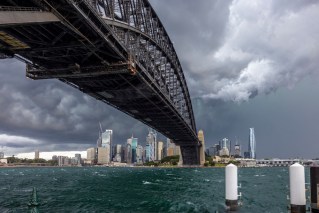‘Damaging’ wind warning for three states to begin winter

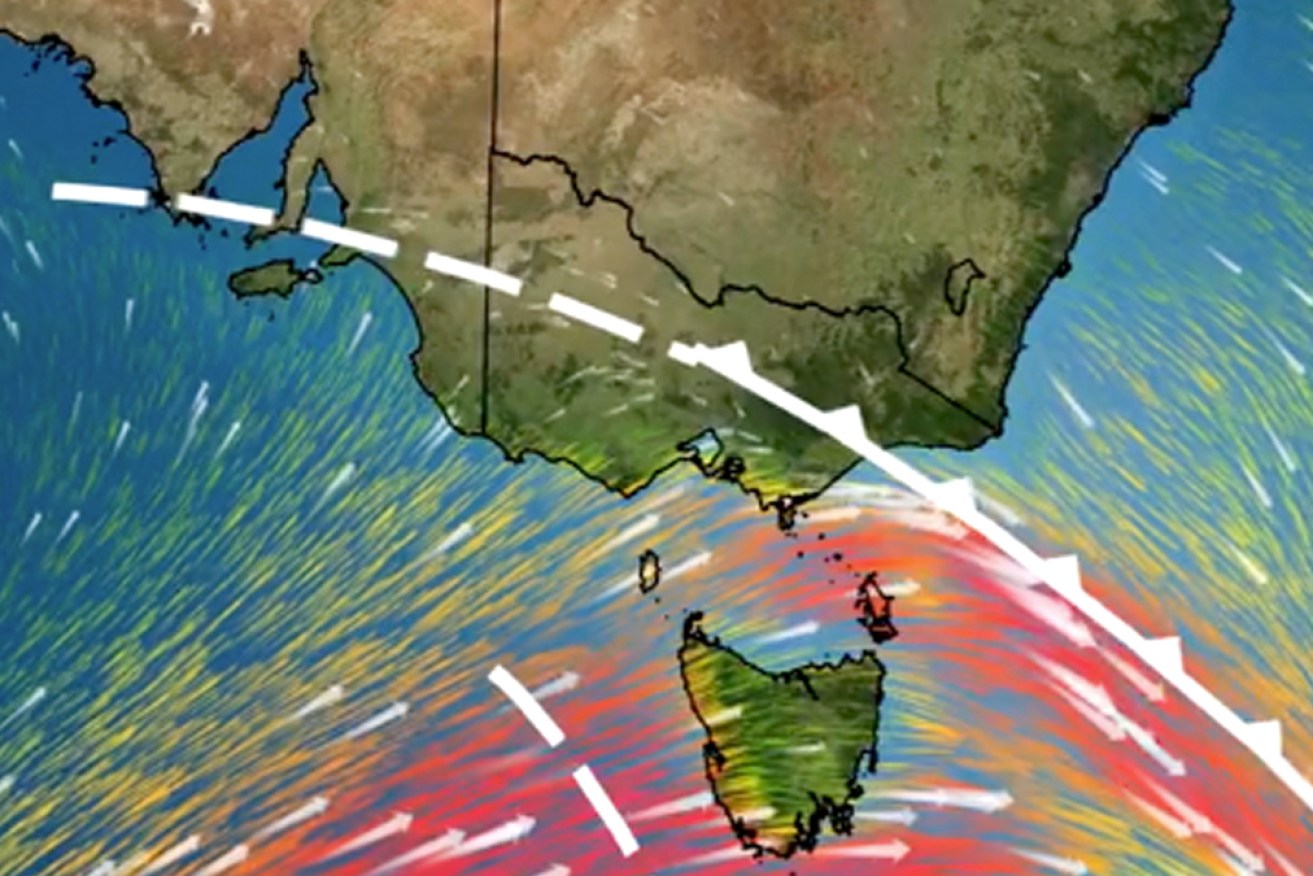
A night of wild weather is on the way for three states as winter arrives. Image: BOM
Winter will be ushered in with 24 hours of dangerous winds across south-eastern Australia.
The weather bureau issued damaging wind warnings for NSW, Victoria and Tasmania on Wednesday afternoon, with gusts of up to 90km/h forecast.
“A strong west to north-westerly flow will develop over the east of [Victoria] ahead of an approaching cold front on Wednesday evening,” the Bureau of Meteorology said.
“The cold front reaches the south-west coast by late Wednesday evening, and moves eastwards across southern parts during early Thursday, before progressing into the Tasman Sea later in the morning.
“Damaging wind gusts to around 100km/h are possible over higher elevations above 1200 metres early on Thursday.”
For NSW, the warning affects those on the south coast, southern Tablelands and in the Snowy Mountains. Gusts as high as 90km/h are expected.
?Locations which may be affected include Araluen, Jindabyne, Perisher Valley, Adaminaby and Thredbo Top Station,” the bureau said.
“Winds are expected to ease by mid-morning on Thursday.”
There is a similar warning for Tasmania, where the early winter blast is expected to hit the hardest.
“Bush walkers are advised that snow as low as 700 metres is expected during Thursday,” the BOM said.
“These hazardous conditions are expected to occur in parts of the western and central plateau forecast districts.
- See all the BOM’s warnings here
The wind warning came as much of south-eastern Australia basked in relatively warm weather for the last day of autumn on Wednesday.
Melbourne was forecast to reach a relatively balmy 19 degrees on Wednesday, after its warmest night for all of May on Tuesday.
Sydney was forecast to rise into the low 20s, and remain there for several days.
It is chillier in the national capital, which was shooting for a top of just 15 degrees on Wednesday. But as winter beings, there are colder days ahead for Canberra, falling to maximums of just 14 and 13 early next week.
Hobart was tipped to get to 17 degrees on Wednesday, but fall to the mid-teens after that.
Source: Bureau of Meteorology
Coldest May in years
Forecaster Weatherzone said May had been “exceptionally cold” in eastern Australia.
For some parts of Sydney and Brisbane, it has been one of the coldest Mays on record.
“May is typically a time of cooling in eastern Australia as autumn draws to a close and wintry weather becomes more frequent,” Weatherzone said on Wednesday.
“However, this May has been abnormally cold for large areas of NSW and Queensland, particularly during the nights and mornings.”
It said that was due to a series of large high pressure systems centred over and to the south-west of Australia throughout the month. They had brought a persistent stream of cold air to flow across south-eastern and eastern Australia.
“Monthly minimum temperatures have been as much as 3-5 degrees below the long-term average in parts of Queensland and NSW this month, with numerous places enduring their coldest May nights on record,” Weatherzone said.
Amberley, in Ipswich, had a monthly minimum temperature of 5.2 degrees up to Tuesday. Its long-term average is 10 degrees, and its previous lowest minimum for May (with records dating back to 1942) was 6.1 degrees in 2006.
Weatherzone said the average minimum temperature at Sydney’s Observatory Hill up to 9am on May 30 “was a nippy 10.0 degrees”. This is 1.6 degrees below average and the city’s lowest May minimum temperature since 1957.
Sydney’s western suburbs were even colder, with Richmond Airport’s average monthly minimum of 4.4 degrees also the lowest for May since 1957.
“Colder-than-average overnight temperatures are a known side-effect of El Niño,” Weatherzone said.
“With all long-range forecast models currently predicting that El Niño will develop this winter, large areas of Australia could see more abnormally cold nights in the coming months.”
Melbourne was a bit of an outlier. Its average minimum for May was 9.0 degrees, compared to the long-term average of 8.7 degrees.
